A Step back in time
Thirty years of Trams at Summerlee
Article from Trolley - Summer 2018, The newsletter of the STG
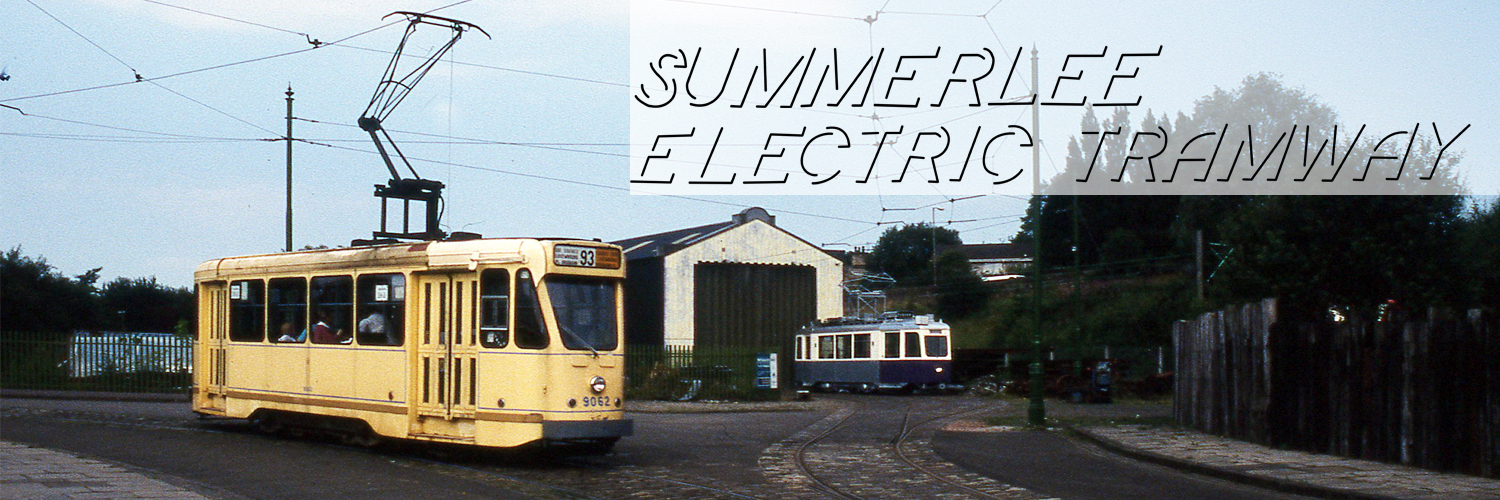
2018 sees both the STG and Summerlee Museum celebrate thirty years of tram operations on the site and a step back in time to when it all began will allow those members who were there and new members to either reminisce or understand better how it all began.
A tramway service, at the then new museum of Monklands industrial history, to be located in the Summerlee Iron Works site, was not the first option considered for visitor movement around the site. A road train or bus service was initially proposed, however with pressure from various interested bodies and some of the founder members of the group it was eventually decided that an electric tramway was a more appropriate option. This better reflected how many of the workers actually got to work in the later part of the 19th and early 20th century.
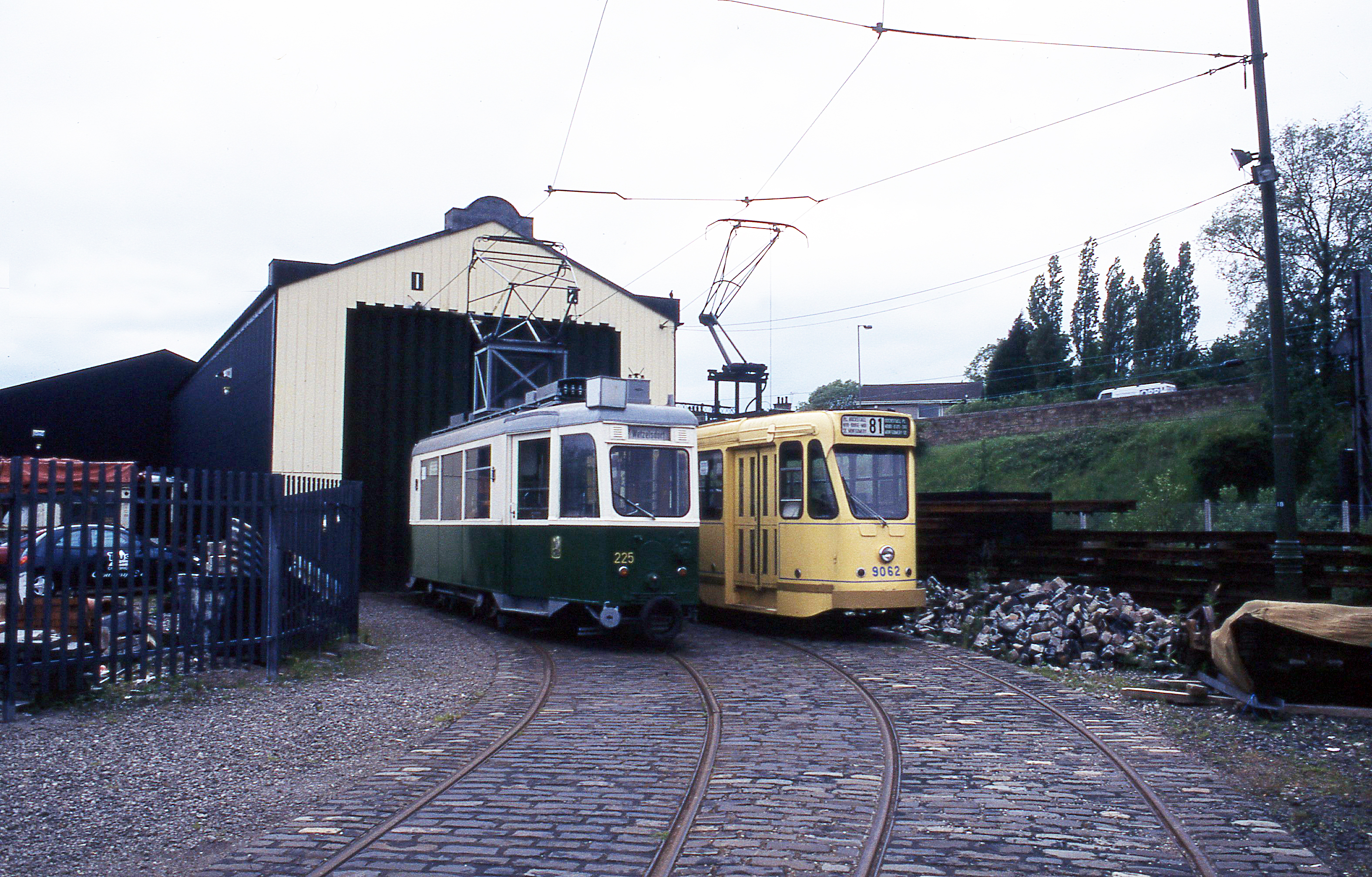 As can be appreciated it was not all plain sailing, firstly it had been over 25 years since the last tram ran in Glasgow and considerably longer in many other cities throughout the country, including Coatbridge. Various logistical and practical issues required to be overcome, least of all where do you find suitable trams, in particular heritage trams of the correct period, and infrastructure items such as period overhead poles, etc. Also, there was competition between the museum and the soon to be opened Glasgow Garden Festival as to who would be first to operate Scotland’s first Heritage Tramway, as we all know Summerlee won and remains Scotland’s only Heritage Tramway service operator. These and many more challenges were overcome and the groups early members played their part and contributed their skill and knowledge to the success of the tramway we know today.
As can be appreciated it was not all plain sailing, firstly it had been over 25 years since the last tram ran in Glasgow and considerably longer in many other cities throughout the country, including Coatbridge. Various logistical and practical issues required to be overcome, least of all where do you find suitable trams, in particular heritage trams of the correct period, and infrastructure items such as period overhead poles, etc. Also, there was competition between the museum and the soon to be opened Glasgow Garden Festival as to who would be first to operate Scotland’s first Heritage Tramway, as we all know Summerlee won and remains Scotland’s only Heritage Tramway service operator. These and many more challenges were overcome and the groups early members played their part and contributed their skill and knowledge to the success of the tramway we know today.
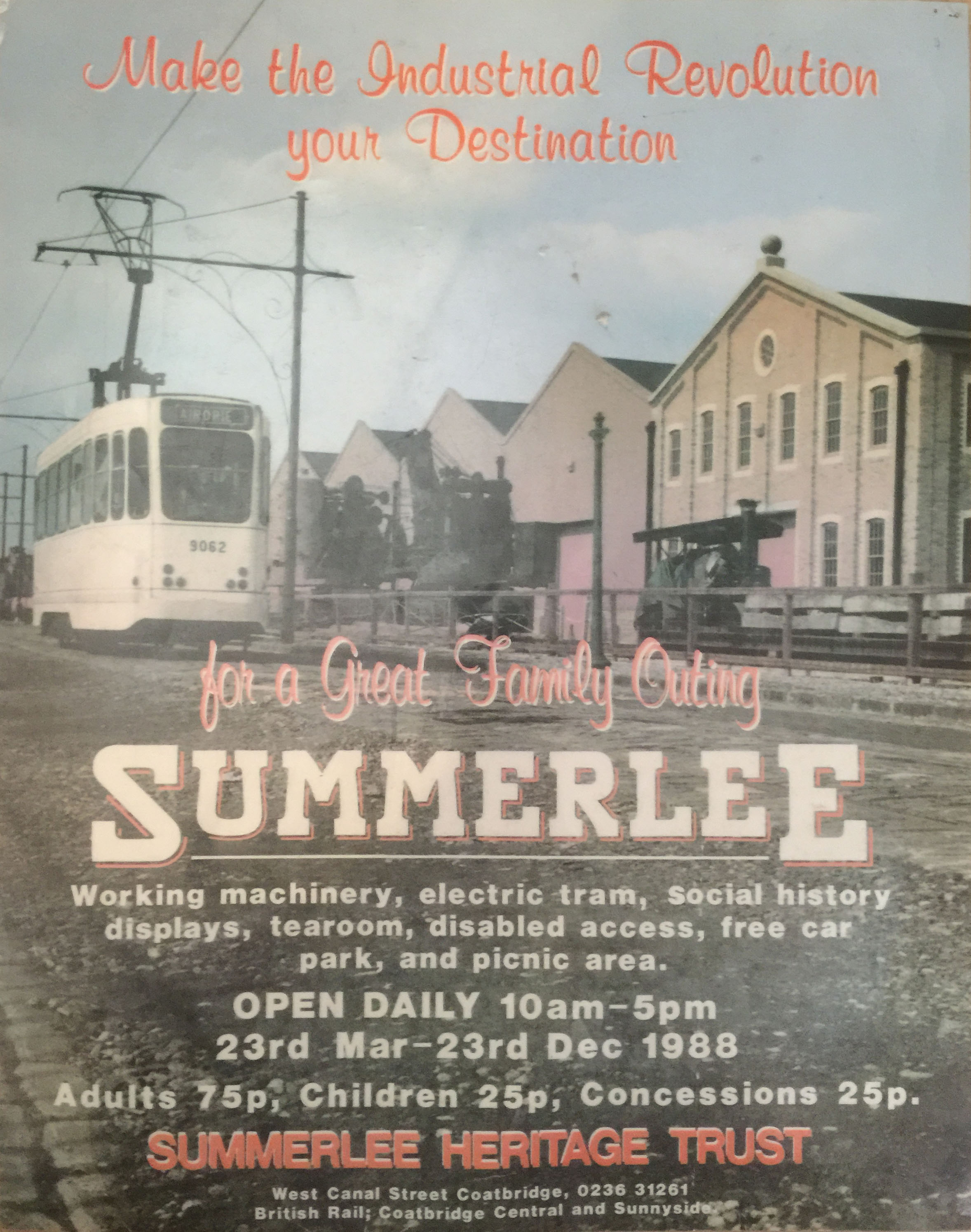 In March of 1988 (see poster for the museum) the museum opened its doors to its first visitors and as can be seen from the aerial view of the entrance they could be forgiven if they thought that it was still work in progress. However, what was operating was the first tram to run on the new tramway the Brussels 9062. At that time the track only went as far as the wood shed everything beyond the bridge was still some time away from completion. The trams had to sit outside, as the tram depot did not exist, normally at the woodshed and unfortunately suffered from this exposure least of all as a result of unwanted attention when the museum was closed overnight. Later in the year a second tram arrived on site, the Gratz 225 complete with its original colours and advertisements. These two trams were the mainstay of the tramway service during the early years and had a few changes of paintwork colours. A couple of photos of both trams illustrate these changes and the use of Gratz 225 as the Christmas tram.
In March of 1988 (see poster for the museum) the museum opened its doors to its first visitors and as can be seen from the aerial view of the entrance they could be forgiven if they thought that it was still work in progress. However, what was operating was the first tram to run on the new tramway the Brussels 9062. At that time the track only went as far as the wood shed everything beyond the bridge was still some time away from completion. The trams had to sit outside, as the tram depot did not exist, normally at the woodshed and unfortunately suffered from this exposure least of all as a result of unwanted attention when the museum was closed overnight. Later in the year a second tram arrived on site, the Gratz 225 complete with its original colours and advertisements. These two trams were the mainstay of the tramway service during the early years and had a few changes of paintwork colours. A couple of photos of both trams illustrate these changes and the use of Gratz 225 as the Christmas tram.
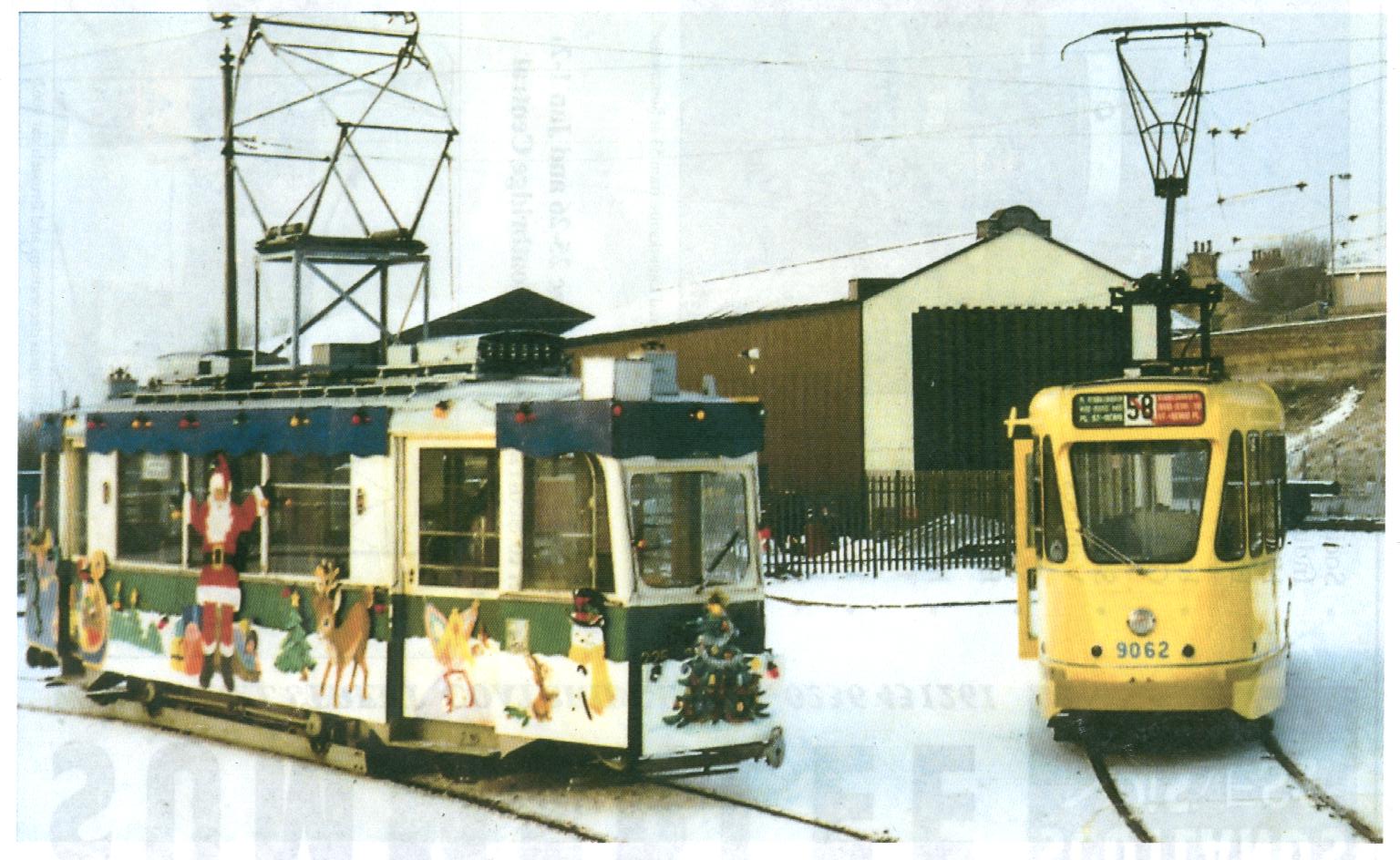 While these two trams provided the service, plans were formulated to bring back and restore to working order two heritage trams with local connections, later designated as Glasgow 1017 and Lanarkshire 53 to operate on the museums tramway. To facilitate these restorations various components were sourced from Portugal and to this end the Oporto tram arrived and while never used for passenger service did run on the tramway for testing purposes. The truck and controllers for this tram were used to restore Lanarkshire 53, see image of interior of the Oporto tram looking at Brussels 9062. Also, a truck and other items were acquired from Lisbon to allow the restoration of 1017 to be completed.
While these two trams provided the service, plans were formulated to bring back and restore to working order two heritage trams with local connections, later designated as Glasgow 1017 and Lanarkshire 53 to operate on the museums tramway. To facilitate these restorations various components were sourced from Portugal and to this end the Oporto tram arrived and while never used for passenger service did run on the tramway for testing purposes. The truck and controllers for this tram were used to restore Lanarkshire 53, see image of interior of the Oporto tram looking at Brussels 9062. Also, a truck and other items were acquired from Lisbon to allow the restoration of 1017 to be completed.
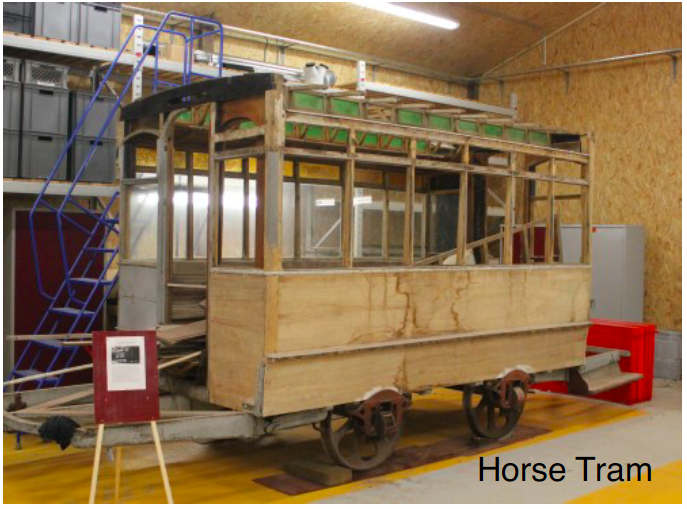 This short leap back in time is not intended as a detailed history of the trams of Summerlee however there are two trams which unfortunately never made it to a fully restored condition but were still part of the early history of the museum. These were Glasgow 1016, now with the Blackpool Heritage Tramway and the Leaming and Warwick 8 Horse Tram now with Beamish Open-Air Museum. Both of these trams appear to have a future restored life ahead of them and I look forward to seeing them when completed.
This short leap back in time is not intended as a detailed history of the trams of Summerlee however there are two trams which unfortunately never made it to a fully restored condition but were still part of the early history of the museum. These were Glasgow 1016, now with the Blackpool Heritage Tramway and the Leaming and Warwick 8 Horse Tram now with Beamish Open-Air Museum. Both of these trams appear to have a future restored life ahead of them and I look forward to seeing them when completed.
David Craig
Summerlee Transport Group
Workshop Coordinator.
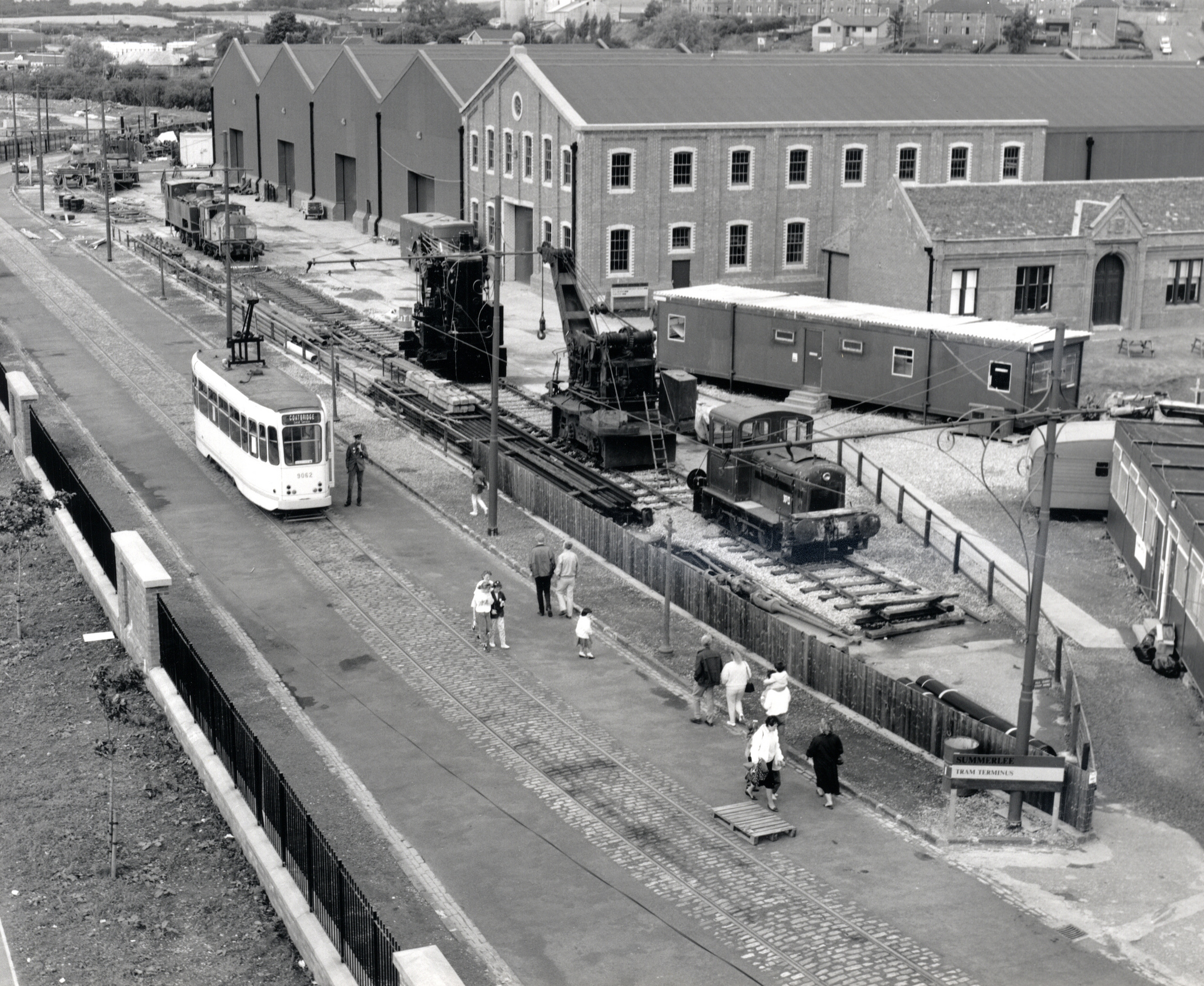
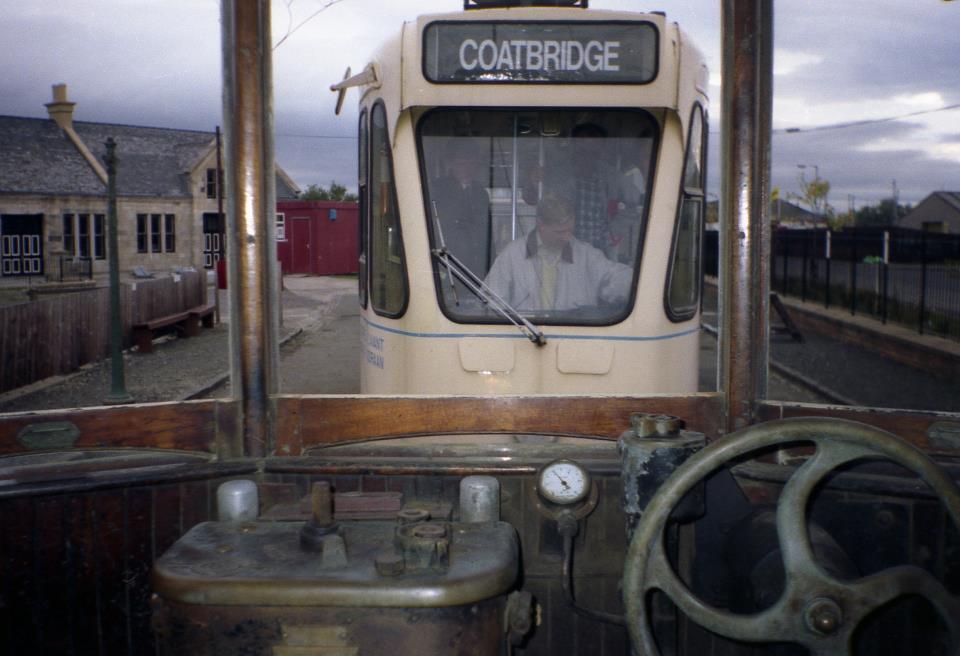
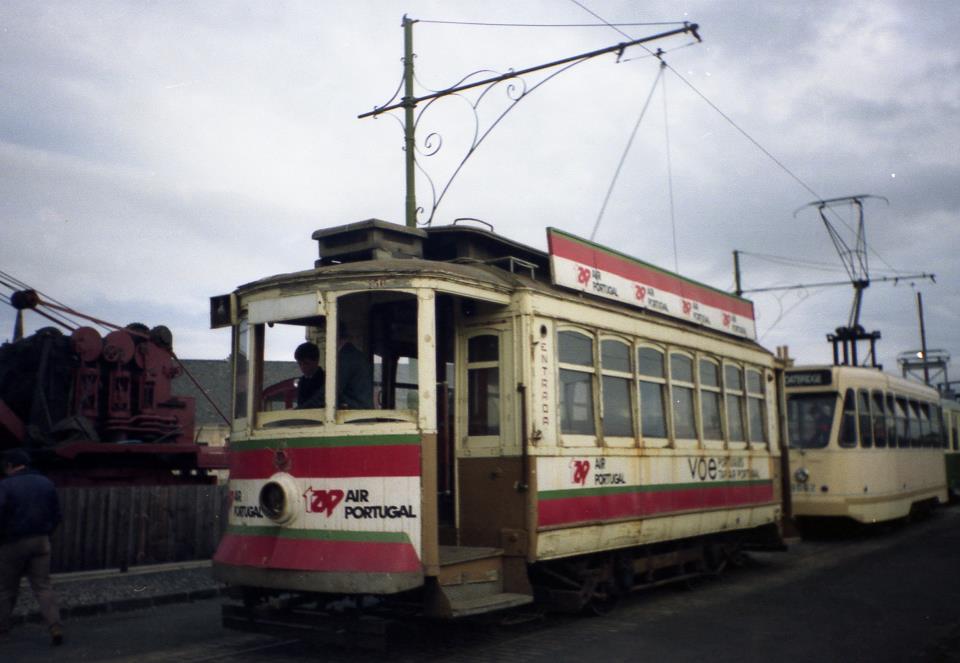
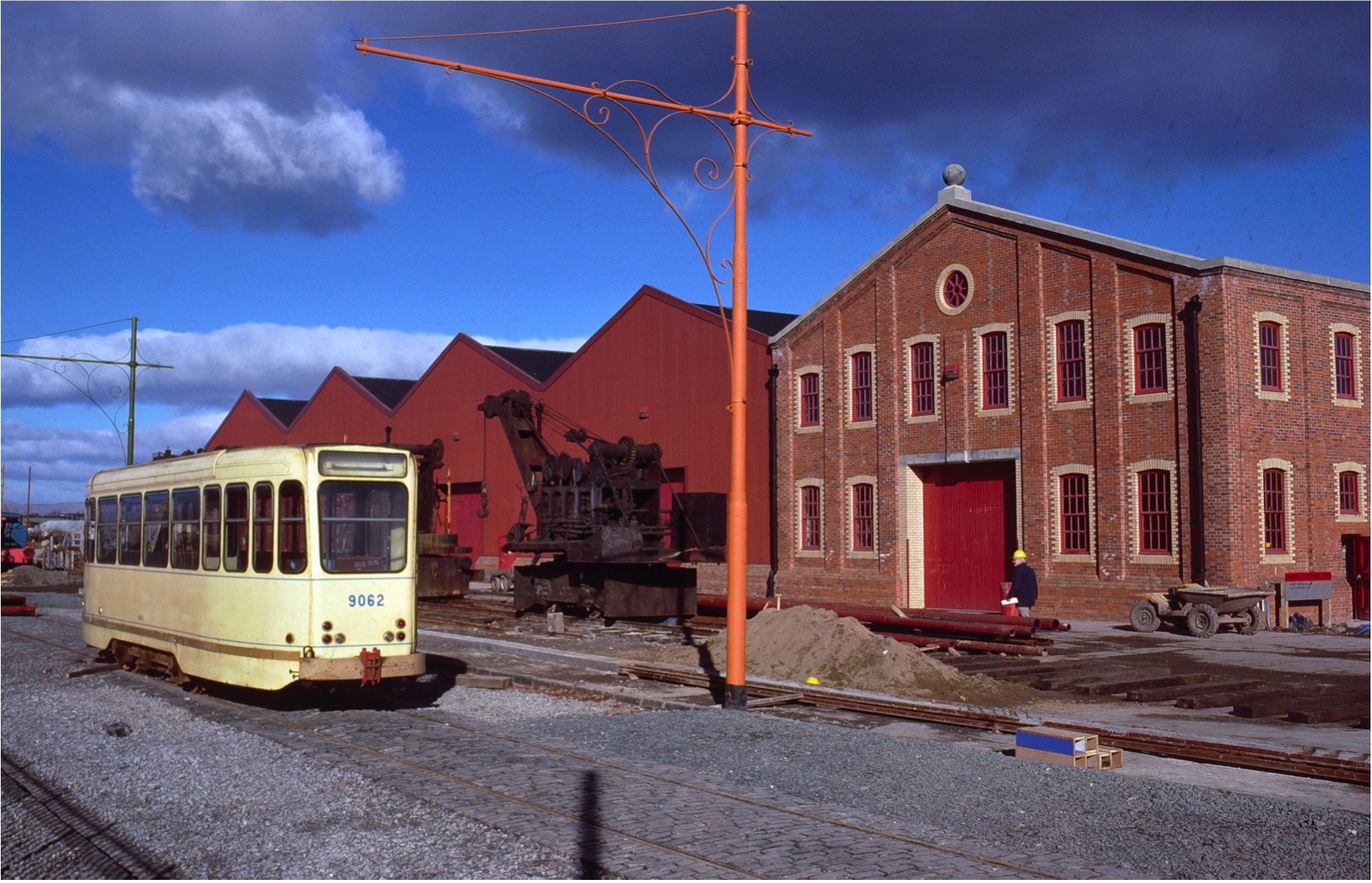
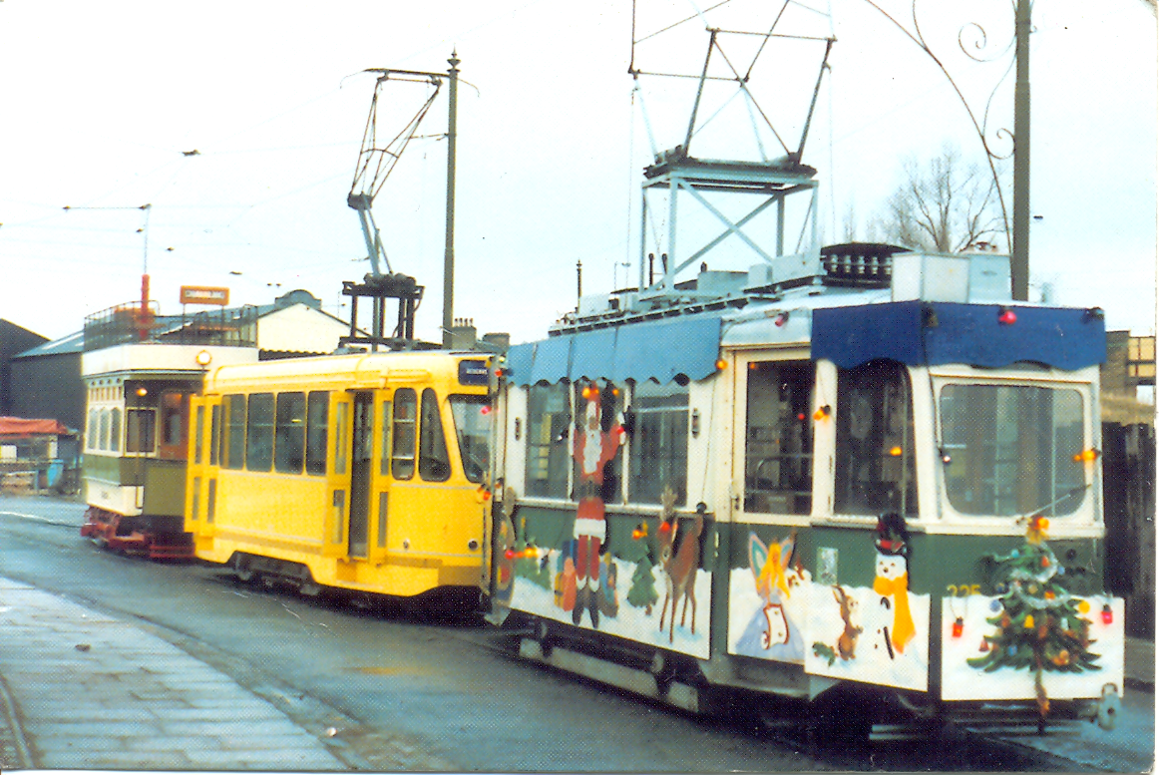
.jpg)